
Kód: 04940871
Reading the Allegorical Intertext
Autor Judith H. Anderson
Judith H. Anderson conceives the intertext as a relation between or among texts that encompasses both Kristevan intertextuality and traditional relationships of influence, imitation, allusion, and citation. Like the Internet, the ... celý popis
- Jazyk:
 Angličtina
Angličtina - Vazba: Brožovaná
- Počet stran: 452
Nakladatelství: Fordham University Press, 2010
- Více informací o knize

1400 Kč

Skladem u dodavatele v malém množství
Odesíláme za 10-15 dnů
Potřebujete více kusů?Máte-li zájem o více kusů, prověřte, prosím, nejprve dostupnost titulu na naši zákaznické podpoře.
Přidat mezi přání
Mohlo by se vám také líbit
Darujte tuto knihu ještě dnes
- Objednejte knihu a zvolte Zaslat jako dárek.
- Obratem obdržíte darovací poukaz na knihu, který můžete ihned předat obdarovanému.
- Knihu zašleme na adresu obdarovaného, o nic se nestaráte.
Více informací o knize Reading the Allegorical Intertext
Nákupem získáte 140 bodů
 Anotace knihy
Anotace knihy
Judith H. Anderson conceives the intertext as a relation between or among texts that encompasses both Kristevan intertextuality and traditional relationships of influence, imitation, allusion, and citation. Like the Internet, the intertext is a state, or place, of potential expressed in ways ranging from deliberate emulation to linguistic free play. Relatedly, the intertext is also a convenient fiction that enables examination of individual agency and sociocultural determinism. Anderson's intertext is allegorical because Spenser's Faerie Queene is pivotal to her study and because allegory, understood as continued or moving metaphor, encapsulates, even as it magnifies, the process of signification. Her title signals the variousness of an intertext extending from Chaucer through Shakespeare to Milton and the breadth of allegory itself. Literary allegory, in Anderson's view, is at once a mimetic form and a psychic one - a process thinking that combines mind with matter, emblem with narrative, abstraction with history. Anderson's first section focuses on relations between Chaucer's Canterbury Tales and Spenser's The Faerie Queene, including the role of the narrator, the nature of the textual source, the dynamics of influence, and the bearing of allegorical narrative on lyric vision. The second centers on agency and cultural influence in a variety of Spenserian and medieval texts. Allegorical form, a recurrent concern throughout, becomes the pressing issue of section three. This section treats plays and poems of Shakespeare and Milton and includes two intertextually relevant essays on Spenser. How Paradise Lost or Shakespeare's plays participate in allegorical form is controversial. Spenser's experiments with allegory revise its form, and this intervention is largely what Shakespeare and Milton find in his poetry and develop. Anderson's book, the result of decades of teaching and writing about allegory, especially Spenserian allegory, will reorient thinking about fundamental critical issues and the landmark texts in which they play themselves out.
 Parametry knihy
Parametry knihy
Zařazení knihy Knihy v angličtině Literature & literary studies Literature: history & criticism Literary studies: general
1400 Kč
- Plný název: Reading the Allegorical Intertext
- Podnázev: Chaucer, Spenser, Shakespeare, Milton
- Autor: Judith H. Anderson
- Jazyk:
 Angličtina
Angličtina - Vazba: Brožovaná
- Počet stran: 452
- EAN: 9780823228485
- ISBN: 0823228487
- ID: 04940871
- Nakladatelství: Fordham University Press
- Hmotnost: 570 g
- Rozměry: 220 × 146 × 27 mm
- Datum vydání: 01. December 2010
Oblíbené z jiného soudku
-
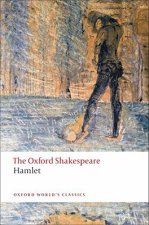
Hamlet: The Oxford Shakespeare
236 Kč -

Saga of Tanya the Evil, Vol. 3
271 Kč -
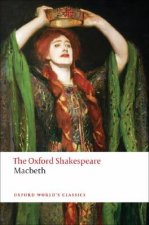
Tragedy of Macbeth: The Oxford Shakespeare
233 Kč -
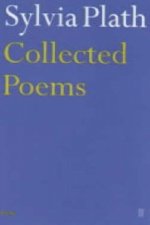
Collected Poems
517 Kč -

Sejong Korean 2 (Korean+English Version), m. 1 Audio
680 Kč -

Leaves of Grass
455 Kč -
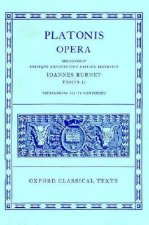
Plato Opera Vol. II
913 Kč -

Vagrant Mood
403 Kč -

Sir Gawain and the Green Knight
517 Kč -

Kafka
604 Kč -
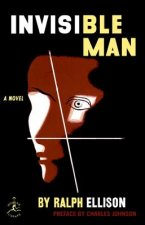
Invisible Man
492 Kč -
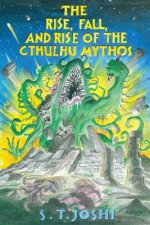
Rise, Fall, and Rise of the Cthulhu Mythos
735 Kč -

How to Read a Book
303 Kč -
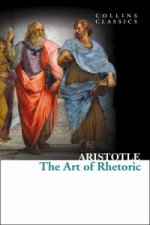
Art of Rhetoric
90 Kč -

Complete Poems of Hart Crane
416 Kč -
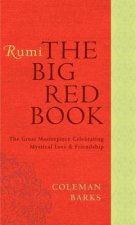
Rumi: The Big Red Book
357 Kč -
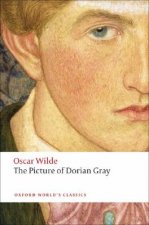
The Picture of Dorian Gray
155 Kč -
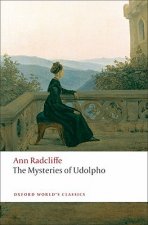
Mysteries of Udolpho
252 Kč -
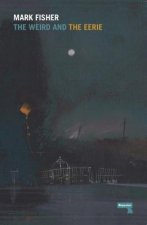
Weird and the Eerie
249 Kč -

On Writers and Writing
303 Kč -

Measure for Measure: The Oxford Shakespeare
233 Kč -
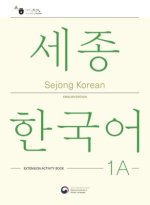
Sejong Korean Extension Activity Book 1A - English Edition, m. 1 Audio
550 Kč -
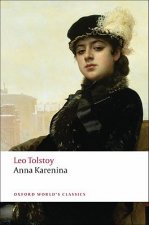
Anna Karenina
218 Kč -
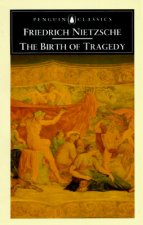
Birth of Tragedy
249 Kč -
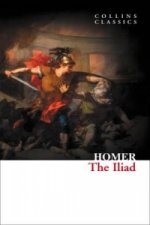
Iliad
104 Kč -

Moveable Feast
254 Kč -

Golden Bough
380 Kč -
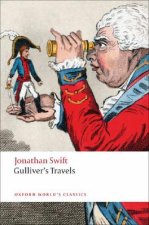
Gulliver's Travels
155 Kč -
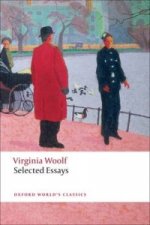
Selected Essays
276 Kč -

Dream Story
276 Kč -

Outsider
276 Kč -
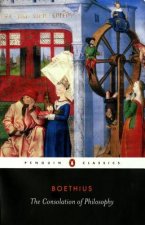
Consolation of Philosophy
276 Kč -

Analysis of Donna Haraway's A Cyborg Manifesto
233 Kč -
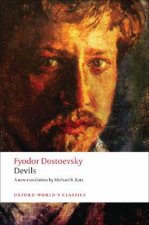
Devils
268 Kč -
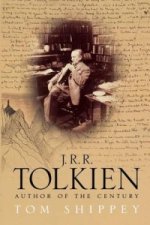
J. R. R. Tolkien
276 Kč -

Tragedy of King Richard III: The Oxford Shakespeare
234 Kč -

The Tempest: The Oxford Shakespeare
223 Kč -
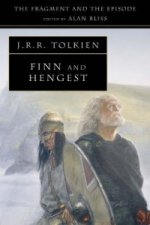
Finn and Hengest
276 Kč -
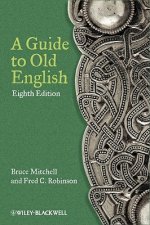
Guide to Old English 8e
1953 Kč -
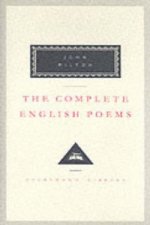
Complete English Poems
410 Kč -
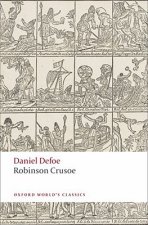
Robinson Crusoe
179 Kč -
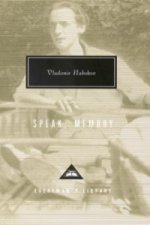
Speak, Memory
494 Kč -
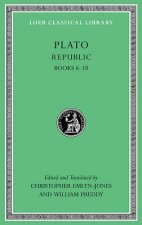
Republic
912 Kč -
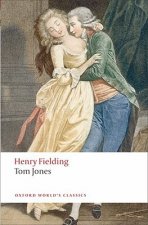
Tom Jones
236 Kč -

Selected Journals of L.M. Montgomery
518 Kč -
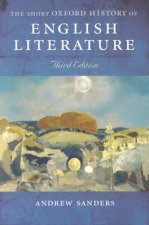
Short Oxford History of English Literature
1313 Kč -
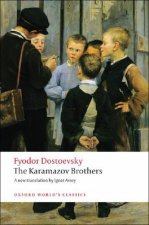
Karamazov Brothers
267 Kč -
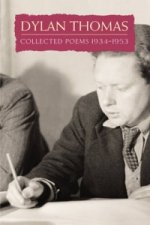
Collected Poems: Dylan Thomas
276 Kč -

Sir Gawain and The Green Knight
223 Kč
Osobní odběr Praha, Brno a 12903 dalších
Copyright ©2008-24 nejlevnejsi-knihy.cz Všechna práva vyhrazenaSoukromíCookies


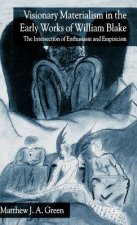
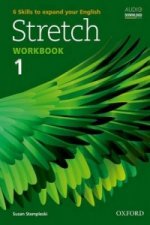
 Vrácení do měsíce
Vrácení do měsíce 571 999 099 (8-15.30h)
571 999 099 (8-15.30h)